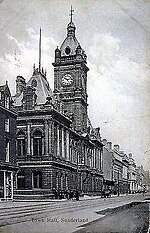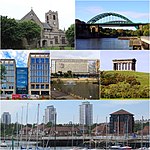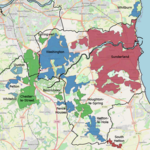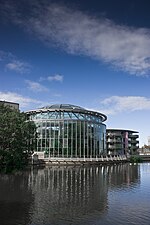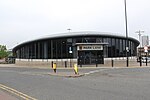Argyle House School
1884 establishments in EnglandEducational institutions established in 1884North East England school stubsPrivate schools in the City of SunderlandSunderland ... and 2 more
Tyne and Wear building and structure stubsUse British English from February 2023
Argyle House School is an independent school in North East England. It was founded in 1884. Though not in the original location, it is still located in the same area, Thornhill, and borders Ashbrooke, about five minutes' walk away from Sunderland city centre. It caters for pupils from age 2 to 16, and at the time of the last inspection in 2018, had 122 boys and 118 girls in attendance. The Headmaster is Christopher Johnson.
Excerpt from the Wikipedia article Argyle House School (License: CC BY-SA 3.0, Authors).Argyle House School
Fawcett Street, Sunderland Ashbrooke
Geographical coordinates (GPS) Address Nearby Places Show on map
Geographical coordinates (GPS)
| Latitude | Longitude |
|---|---|
| N 54.906 ° | E -1.382 ° |
Address
Barclays
Fawcett Street
SR1 1SB Sunderland, Ashbrooke
England, United Kingdom
Open on Google Maps
